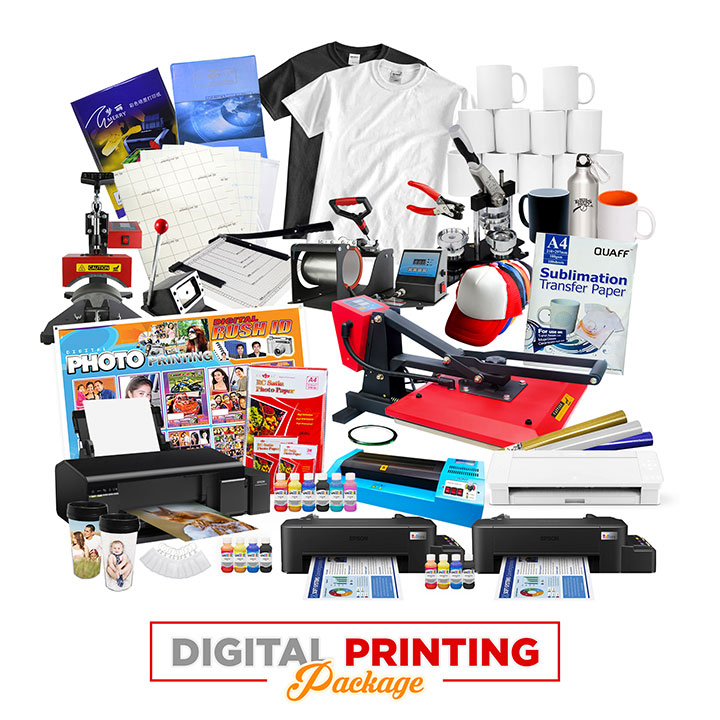Everything about Digital Printing
Everything about Digital Printing
Blog Article
Everything about Digital Printing
Table of ContentsSome Known Questions About Digital Printing.5 Easy Facts About Digital Printing ExplainedOur Digital Printing PDFsThe Facts About Digital Printing RevealedUnknown Facts About Digital PrintingHow Digital Printing can Save You Time, Stress, and Money.The Ultimate Guide To Digital PrintingDigital Printing - Questions
Modification also permits businesses to stand apart in a congested market by developing special advertising materials that differentiate them from their competitors. Among the primary advantages of electronic printing is the ability to print variable information. Each published piece can be distinct, enabling companies to create individualized advertising materials that talk directly to their target market.Digital printing likewise allows for modification in the style of advertising and marketing materials (Digital Printing). With digital printing, organizations can create layouts that are one-of-a-kind and tailored to their details demands.
Digital Printing - The Facts
By publishing smaller sized amounts of advertising materials, companies can minimize waste and prevent the requirement for excess supply. Digital printing is likewise flexible.
By utilizing various products and layouts, businesses can develop special advertising and marketing products that stick out from their competitors and stand out from their target market. Digital printing additionally supplies uniformity. With typical printing techniques, there is commonly variation in between prints as a result of distinctions in ink protection, pressure, and various other aspects.
This consistency can help construct consumer trust and reliability, revealing that business is dedicated to supplying high-grade products. Uniformity is especially essential for organizations that wish to construct customer trust fund and reputation. By making sure that every print is regular, businesses can show that they are dedicated to offering high-quality products and taking notice of the details.
Digital Printing Fundamentals Explained

In addition, digital printing produces much less waste because it can print as needed and in smaller quantities, minimizing the requirement for excess supply and products. Digital printing likewise makes use of much less energy compared to typical printing approaches. Digital printers do not require as much power to run, as they do not require to warm up as a lot or utilize as much power to run.
A Biased View of Digital Printing

Balanced out printing calls for a plate for each shade printed. Traditional balanced out printing is a print approach that uses light weight aluminum plates to move ink onto anonymous a rubber sheet (frequently described as a "covering"). The image is then rolled onto the printing surface. This printing approach is considered "offset" because the ink is not moved to the paper directly.
3 Easy Facts About Digital Printing Shown
Although the equipment's set up costs are high at first, extra systems end up being fairly much less costly as the quantity increases. Countered printing enables for a wide variety of print products to be made use of throughout production. It allows the printer to utilize different paper types, personalized coatings, and different inks. The high-grade pictures generated via countered printing make it the preferred method, especially amongst graphic designers, when looking for the biggest color recreation, detail, and professional-looking prints.
The fundamental printing method continues to be balanced out. For electronic inkjet printing, ink is transferred directly onto the surface area. Instead of counting on aluminum plates and rubber blankets to move a picture, electronic printing uses fluid ink throughout production. Standard home inkjet printers are one of the most typical electronic printing methods.
Some Known Factual Statements About Digital Printing
Since balanced out printing can mix customized shade inks for each task, it will naturally obtain the shades spot-on. Count on balanced out printing for clean, distinct types and pictures without touches or areas.
It sets you back a whole lot to begin an offset work. You need to spend money into creating home plates, which takes time. However, once you have actually spent it, all of the products are all set to go, and you'll spend less on large countered work than an electronic print, which has to do with the exact same per item regardless of just how huge the job gets.
Each print is identical. You take the chance of fewer strange variations created by imbalances in water and ink. Digital printing is much less pricey for low-volume tasks. The rate per system goes down for digital printing, so at some factor, they crisscross. Transforming information within a solitary print work. For instance, claim you were printing out postcards promoting a performance.
A Biased View of Digital Printing
While electronic printing or inkjet printing is the favored choice in today times, there are compelling reasons to transform from countered to electronic printing systems. Call Kao Collins concerning shade matching and personalized formulations. When publishing countered or electronically, critical decisions and processes are involved in shade matching. If it has a visuals overlay or includes a label, it will have colors.
Industrial inkjet printing provides versatility for printing on several various substratums. Digital printing is excellent for clients who do not call for longer runs and warehousing materials.

One benefit of electronic printing is choosing from a wide array of digital substrates. With digital printing, the cost of the substratum in the total job is tiny.
8 Simple Techniques For Digital Printing
drop-on-demand is the second printing innovation to consider. Constant inkjet systems need considerable maintenance, even more operator training, and greater downtime. Devices prices in inkjet printing are much reduced than balanced out printing as there are no plate-making, plates, and press expenses. Past the capital expenditure, the prepress tools and printing presses need highly proficient drivers in offset printing, which adds labor expenses.
Report this page